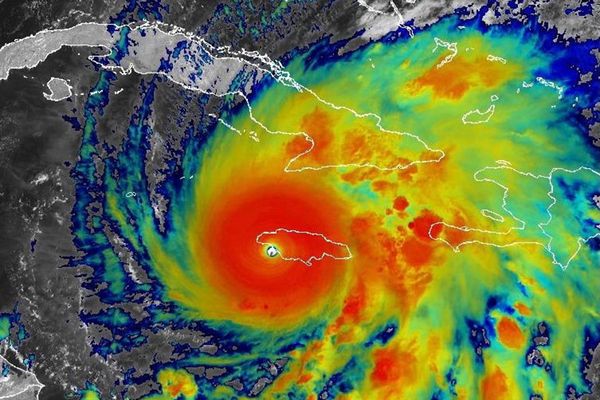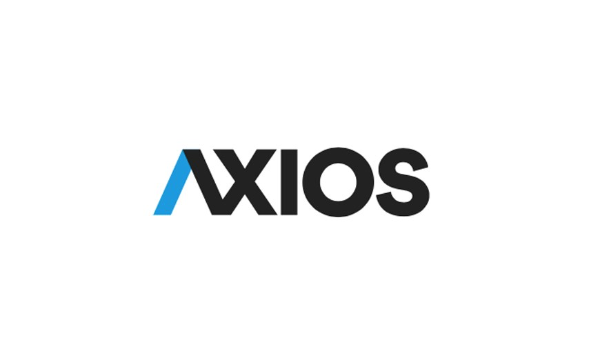/Dominos%20Pizza%20Inc%20storefront%20by-KathyDewar%20via%20iStock.jpg)
As predicted last month in a recent Barchart article, Domino's Pizza (DPZ) hiked its dividend by 15% today. Based on its average historical yield, DPZ stock looks undervalued. It is trading down, providing an opportunity for value investors.
DPZ is trading at $449.56, down 2.7% today and off its recent high of $476.19 on Nov. 29. Given the company's strong free cash flow (FCF) performance and recent 15% dividend hike, investors can potentially see a 20% higher price target at $538.28. This article will show how this works out.

Strong FCF Growth and FCF Margins
Domino's Pizza announced this morning that its global sales rose 5.1% YoY in 2024 (+5.9% ex-foreign currency effects) and same-store sales growth in the U.S was up 3.2% (+1.6% internationally). This might have been lower than investors or analysts may have wanted.
Not to worry, though, since its free cash flow (FCF) was still very strong. For example, Domino's reported that it generated $512.5 million in FCF vs. $485.5 million. That was +5.5% higher than in 2023.
More importantly, the company's FCF margins stayed strong. This can be seen in the table below.

It shows that the FCF margin rose slightly from 10.84% to 10.88%. This was after a 7.1% higher capex spending increase. The point is that the company generates enough FCF to afford its dividend hike as well as share repurchases.
For example, in 2024, Domino's spent $210 million on dividends and $327 million on share buybacks. That amounts to $537 million in total shareholder payments, or slightly over 100% of its FCF generated during the year.
This shows that Domino's is highly geared to spending its excess capital generated on shareholders. For example, the $537 million spent on dividends and buybacks represents 3.47% of its present $15.5 billion market cap.
Moreover, this implies that DPZ could be worth much more.
Target Price for DPZ Stock
As I mentioned last month in my article in Barchart, DPZ stock could be worth much more based on its average historical dividend yield.
For example, Morningstar reports that the 5-year average dividend yield for DPZ stock has been 0.97%. Today, with the new dividend hike, DPZ has a 1.56% dividend yield:
$1.74 x 4 = $6.96 dividend per share (DPS)
$6.96 DPS / $449.56 price = 0.01548 = 1.55%
Therefore, if DPZ eventually rises to the point where its dividend yield equals the average of the past 5 years, it could be worth 61% more:
$6.96 DPS / 0.0097 yield = $717.52 target
$717.52 / $445.52 = 1.61 = +61%
But, just to be conservative, let's assume that the stock reaches a yield of 1.293%, which is the average of the past 3 years, according to Morningstar.
$6.96 / 0.01293 = $538.28 target
$538.28 / $449.56 = 1.1973 = +20.0%
The bottom line is that DPZ looks undervalued here. Based on its past 3 years' dividend yield, DPZ could be worth over 20% more. Analysts agree as well. For example, Yahoo! Finance reports that the average price target of 34 analysts is $486.26 per share. Similarly, Barchart's mean survey shows a price target of $489.53.
One way to play this is to sell short out-of-the-money (OTM) put options.
Shorting OTM Puts
For example, the March 21 expiration period shows that the $430 strike price, which is 3.3% below today's trading price (i.e., out-of-the-money - OTM), has a midprice premium of $6.50 per put contract.
That provides an immediate yield of 1.51% (i.e., $6.50/$430.00) to the investor who secures $4,300 in cash or buying power with their brokerage firm for 1 put short-sale put contract.

This means that an investor who shorts these put options has a breakeven price of $423.50 (i.e., $430-$6.50) should their account be assigned to buy 100 shares (i.e., if DPZ falls to $430 on or before March 21). That is 5.8% below today's price.
Moreover, at that buying price, the investor has an annual dividend yield of 1.643% (i.e., $6.96/$423.50). That is well over the 1.293% average yield of the last 3 years, as shown above. It implies that by holding on to the DPZ shares at that buy-in price, the investor has an expected return (ER) of +27% (i.e., $538.28/$423.50-1).
Even if the investor's short-put play is not assigned, they can repeat the trade each month. That produces an expected annual return of over +18% (i.e., 1.51% x 12), assuming that each month the same short-put yield is attained.
The bottom line is that DPZ looks cheap here. In addition to buying shares, investors can potentially increase their return by shorting OTM puts in nearby expiry periods.







